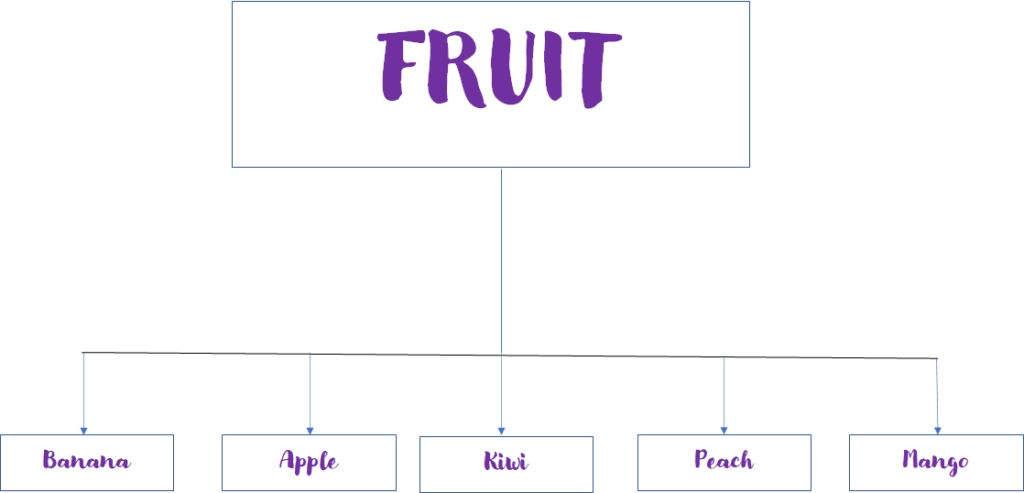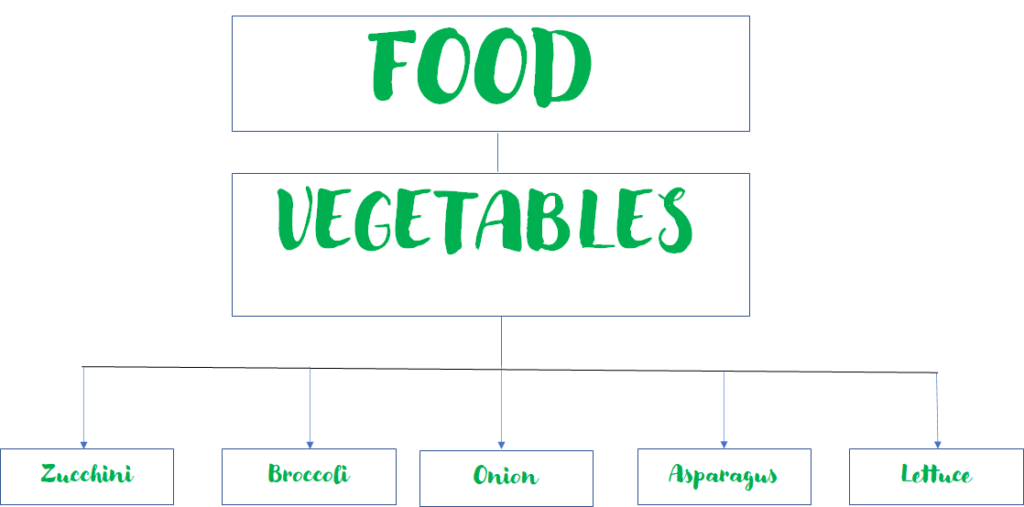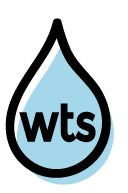It’s no secret that the human mind is essentially a mini-computer that stores and accesses information nonstop throughout the day. Therefore, it is of utmost importance that the information in our mind is stored efficiently. That way, when speaking to somebody, one is able to instantly comprehend what the other is saying and respond in an appropriate manner.
There are tens of thousands of words floating around in our minds, some a bit dustier than others. These words comprise what is known as our lexicon. We add to it and subtract from it frequently.
Your lexicon might be fairly solid (or you might be aspiring to improve it), but how in the world do we transfer tens of thousands of words into the mind of a newborn, infant, or blossoming toddler? It’s not as though we can just “dump” the information tablet-to-computer style.
My short answer: Sprinkle words into your little one’s mind a bit at a time in an organized fashion.
There are many ways to go about building vocabulary, just as there are several ways that words are organized in the mind. The better connected and organized the words are, the easier they are to retrieve. In turn, this improves receptive and expressive language in both written and verbal forms. In addition, children will likely experience reduced frustration because they will be able to express themselves.
For this post, I will be exploring the idea of categorization. This is a concept that has recently captured the world through Marie Kondo’s organizational techniques. We are going to carry this idea over to organizing your toddler’s mind.
Categories, Subcategories, and Items
Depending on the age-range, you can keep it simple or spice it up a little bit when it comes to categorization.
For younger kiddos, ages birth-2 years, I recommend keeping categories simple. Have an overarching category and items that fall within that category. Stick to concrete items and simple/basic concepts.

In the example above, the category is fruit. Within that category, there are the specific items banana, apple, kiwi, peach, and mango. (Get FREE BLANK COPIES of the worksheet at the end of the post for older kiddos!)
As the child gets older, 2-4 years, I recommend adding an additional layer of complexity to categorization tasks. See the example below:

In this image, the overarching category is food. The subcategory is vegetables. The specific items are zucchini, broccoli, onion, asparagus, and lettuce. (Get FREE BLANK COPIES of the worksheet at the end of the post for older kiddos!)
Now that we are on the same page about what a category, subcategory, and specific items is, read on for additional ideas of things you can do at home to improve vocabulary through categorization.
Let’s Water the Sponge!
There are so many wonderful ways to tackle categories with your kiddos. Some of these ideas might be fresh while others might be ones that you’ve already considered. Here are some ideas of things to do at home with your little ones:
1.) Animal sorting. This method is concrete so the child can feel and see exactly what you are talking about. Grab two boxes. Paint the inside of one green to represent grass and the inside of the other one blue to represent water. Alternatively, tape/glue blue construction paper inside of one of them and green construction paper inside of the other one. Place farm animals or jungle animals from around the house in the green box and sea animals from around the house in the blue one.
Don’t have any animals? Print some out (farm, jungle, sea), or let your creative juices flow and draw your own!
2.) Color sorting. Use the boxes from above and go around your house. Put green items in the green box and blue items in the blue box. Repeat this with different colors – red, yellow, orange, purple, pink, black, brown, etc.
3.) Sorting by Room. Grab a cloth bag or a box with a lid and place items in it from a few different rooms in the house. For instance, place cooking utensils from the kitchen inside, spices from the pantry, books from the bedroom, and toys from the playroom. Sit down with your kiddo and have him pull objects out of the bag. Sort them into piles based on what room they belong in and then clean them up.
4.) Puzzles. Most puzzles are already organized by category. Pick a puzzle and get to work talking about the pieces that you see and what category the items belong to! If you want more engaging puzzles, try some with sound (farm, vehicles, instruments, and since you haven’t heard it enough times already…baby shark, hahaha!) Bonus: if you do hand-over-hand with your little one while talking putting the puzzle together then you are targeting his fine motor skills simultaneously.


5.) Categories through Experiences.
- A simple task at home that you can do with your little one is yoga. There are some toddler yoga videos on YouTube. My oldest child’s favorite videos are ones that are themed about the farm, jungle, and outer space (shout-out to #cosmickidsyoga!) This is a great way to target gross motor skills as well as language skills at the same time!
- Going to the zoo. When you take your child to the zoo you can talk to him about the different kinds of animals. As they get older, you can talk about where they live and start sorting the animals into subcategories. The map that is provided by the zoo is a helpful way to get started!
- Go to a museum. Talk about the different items in the museum. As your child gets older, you can tell them about the various subcategories of museums: art, science, history, planes, etc. Nothing quite builds vocabulary through categorization like spending the day at a museum!
6.) Sticker Time! So many toddlers out there enjoy stickers. Sometimes we find them EVERYWHERE! You can create your own scenery with stickers that you already have around the house. See if you can find multiple sticker-sheets from the same category. If you don’t have a ton of stickers or are looking for something new for your kiddo then I highly recommend this Melissa & Doug sticker kit! It has an array of different scenes and stickers that will build vocabulary and fine motor skills. Plus the stickers are reusable! It doesn’t get much better than that, am I right?

7.) Worksheets and Flashcards. I save this type of drill work for last because it might not be considered fun for all kiddos. I’m here to tell you that you can absolutely make this kind of work fun for your older kids!
Scavenger Hunt! Many children go crazy for scavenger hunt type of activities. Take a couple of dozen flashcards from 2-4 categories and hide them around the house. Have your child find them and sort them, then repeat the game with other flashcards. Don’t have any flashcards? Try out this set or this other set that I’ve found helpful.

Reward your child with a game after completing a worksheet or a part of a worksheet (similar to the category and subcategory images in this post – see below for blank samples!) If he can’t write yet then write his answers in, then write them for him or do hand-over-hand to get that fine motor practice in! Alternatively, you can use pictures to fill-in-the-blanks.
Figure out what motivates him. Is it a turn-taking game, such as Candyland? Or a game on your device? Use it to your advantage to turn worksheet completion into a fun and interactive time! Note: I recommend these types of worksheets for kiddos ages 4 and up (maybe 3 at the youngest.)
Worksheets
| CLICK HERE for a free BLANK COPY of the CATEGORY WORKSHEET |
| CLICK HERE for a free BLANK COPY of the CATEGORY/SUBCATEGORY WORKSHEET |
Challenge: think of abstract topics (e.g., things that can fly, things that are loud, things that are sticky, things that are soft).
*This article contains affiliate links to products, which will provide me with a small commission if you purchase through my site. You will NOT pay anything extra. All beliefs and opinions that are expressed are my own.
Have some more ideas about things to do at home to support categorization and vocabulary building? Drop a comment below and I’ll get back to you soon!



Trackbacks/Pingbacks